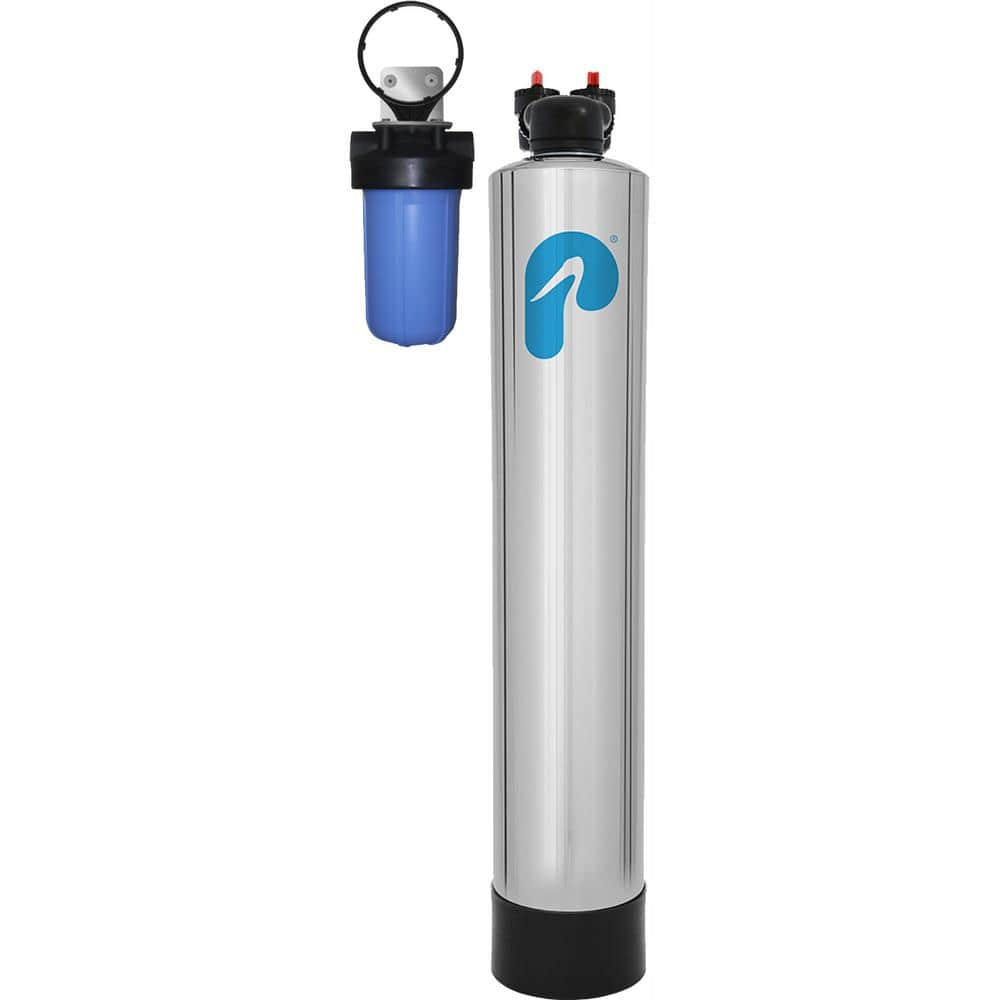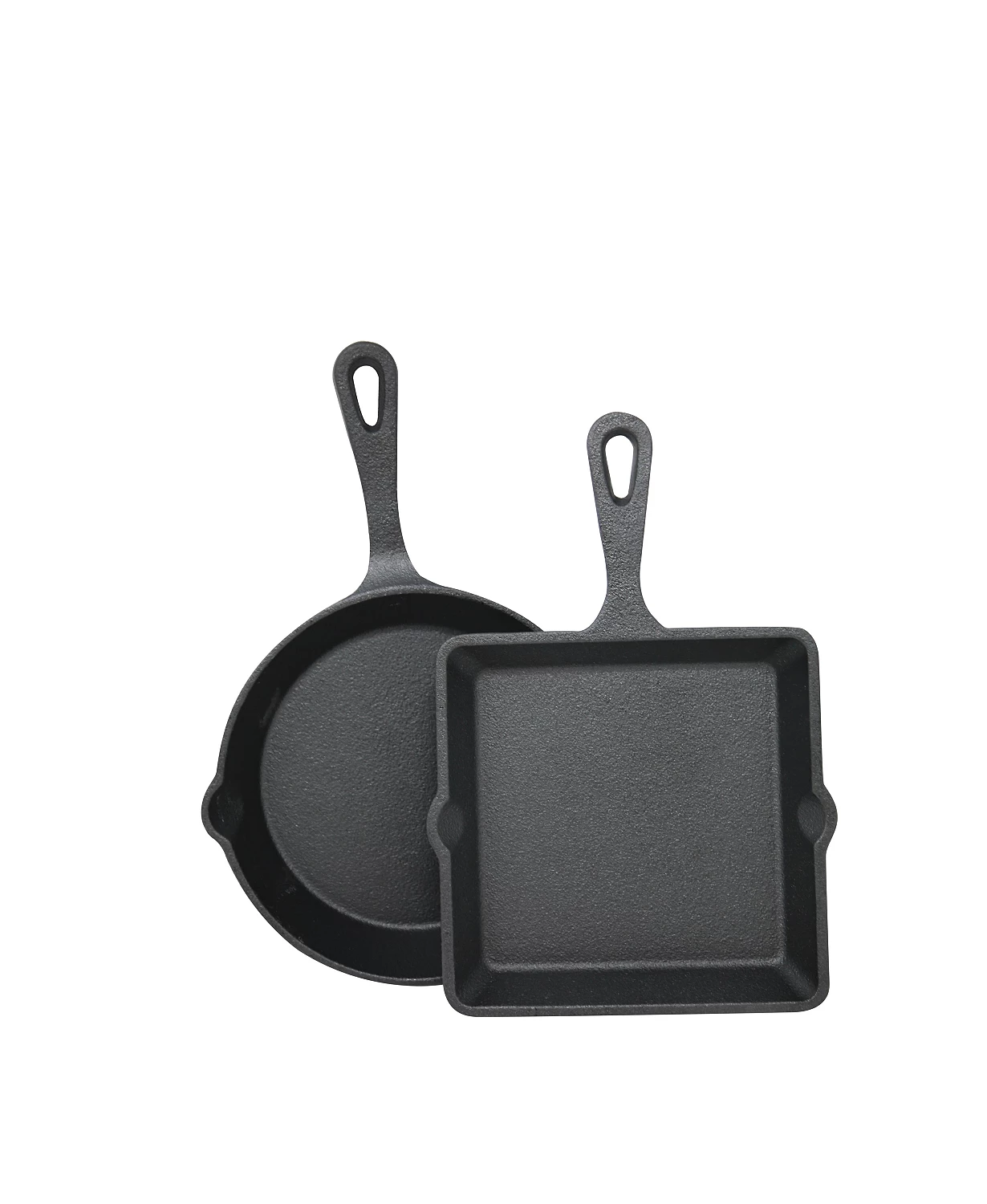Pelican Water 15 GPM Whole House NaturSoft Water Softener Alternative System
Eliminates the effects of hard water without the use of salt. The only DVGW approved technology in North America. Certified to prevent 99.6% of scale.
The NS6 Pelican NaturSoft Water Softener Alternative System is the premium, maintenance-free, Water Softener Alternative certified for 99.6% scale prevention and offers an industry-leading limited lifetime warranty. Key benefits include scale treatment, improved cleaning/housekeeping and subjective improvements in personal care without the use of sodium/potassium chloride. This unit is WQA tested and certified according to NSF/ANSI 61. It leaves in beneficial minerals and naturally treats water without salt, conditioning water without the slippery feel.
- Wrapped in premium stainless steel to ensure long life, durability and unsurpassed quality
- Simple installation; system comes ready to install inside or outside, protected from freezing weather
- Stainless steel exterior resists stains, rust and oxidation
- Does not require electricity to operate
- Leaves in beneficial minerals
- Conditioned water without the slippery feel
- Prevents/removes hard water scale from plumbing and appliances
- WQA gold seal certified NSF/ANSI 61 and NSF/ANSI 42 for structural integrity
- Efficient design with no wasted water
- Only water softener alternative certified 99.6% effective
Additional information
| Product Depth x Height x Width (in.) | 19 x 59.5 x 21 |
|---|---|
| Tank Length x Width (in.) | 19 x 60 |
| Manufacturer Warranty | Limited Lifetime Warranty |






by Doug
Installed last week and has improved the water quality tremendously.
by Marty
Great price and easy to install, did it myself. The only issue was getting someone on the phone.
by Beth
Easy install and we noticed a difference in water quality immediately.
by Inga
This is our second system. We purchased the first complete system in 2016. Worked as described and easy to install.
by Charlie
Bought NS6 to solve electric how water heater element scaling from hard water. Didn’t work for me as water too hard. But Robert in CS stayed with me for 6 weeks, tested my water and gave me full satisfaction as a customer. Turns out only salt based systems actually remove the minerals which my application requires. Using the NS6 for cold water only that feeds tap water and my open loop Geothermal system and a salt based system for domestic hot waterways the answer. So my recommendation of the NS6 is in this application for cold water.
by Tim
I was skeptical and cautious on trying a salt-free conditioner, but so glad we did! My wife noticed a difference immediately with how her hair felt from the shower. We have also seen an increase in our water pressure as the shower head has cleaned up. I would HIGHLY recommend!
by Biker
Only had the system a few weeks but already seeing positive results. No hard water spots and great tasting water. No hauling salt, no electricity usage and no wasted backflush water.
by Craig
The water conditioner was very easy to install because I also purchased the installation kit. We are very happy. Within a few days we noticed the water was hotter in the shower and the taste of the bathroom water improved (personal subjective observation). Very happy with this purchase.
by John
We bought this after we remodeled our bathroom. We have hard water which we lived with for years but got frustrated when the hard water stains started appearing on our new fixtures. I never liked the ‘feel’ of the salt based water softeners so we tried the Pelican saltless system. Installation was pretty straight forward with one problem. The female pipe threads cut into the filter housing were tapped too deeply so the male fittings bottomed before they started to make up. I was using Home Depot male fittings rather than the fittings that came with the kit. Since I could not fully tighten them, I had a leak with with tape and then pipe joint compound. Pelican was very cooperative and sent a new filter. The new filter threads were also tapped very deeply so I installed the new fittings using Permatex Ultra Blue as a sealant and did not have any issues. With the exception of this one problem, the system worked very well.